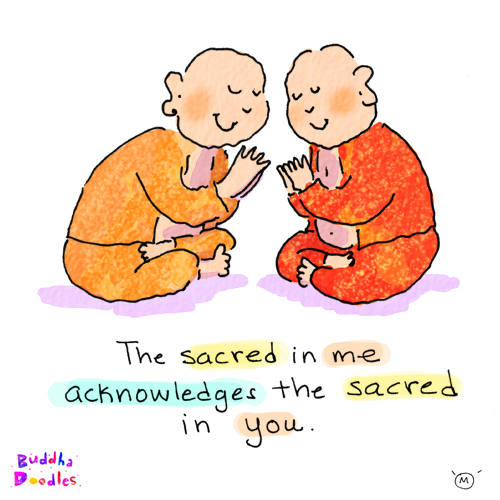This morning, I heard a brief interview with two directors of Oscar-nominated films: Ang Lee ("Life of Pi"), and Benh Zeitlin ("Beasts of the Southern Wild"). One of the things they were both discussing was the line between "reality" and "imagination." Lee spoke about the computer-generated images of the tiger that is so central to his film; real tigers WERE used, but, more often than not, to help the animators get a better handle on how to depict the computer-generated tiger. When Zeitlin began speaking, he noted that with his 6-year-old star (indeed with most six-year-olds), the line between reality and fantasy was not one that could be clearly drawn. He admitted that, as a child, he had an imaginary friend. If, on some day, that imaginary friend wouldn't appear to play, he would experience real disappointment and sorrow -- a real emotion based on an imaginary event. So, what is real?
I began to think about this in relation to the papers from the first assignment I gave my students in my "Pets, Partners or Pot-roast" class: "Based on the scientific, philosophical, and religious distinctions we've discussed, where do you (the student) draw the line (or distinguish) between humans and non-human animals?" Some papers argued a strict "scientific" line; something like "Facts are all that matters, what we can measure, evaluate, etc. All else is too subjective." Others threw that argument on its head, something like, "Science is limited by its ability to objectively measure, i.e., how can we truly measure another creature's intelligence without imposing our, human, standards of measurement upon them?" The students in the second group weren't disputing the actual findings of the science; they were, instead, disputing the meaning of the findings. So, again, what is real?
And, then, to add to the mix was a blog post related to "Discover" magazine: "Why Facts Don't Matter", by Keith Kloor. In the blog, Mr. Kloor bemoans how intelligent people will ignore, or discount, the "facts" given by reputable scientists about everything from vaccines to global warming to genetically-modified organisms. He recognizes that there are going to be differences in how people perceive the facts; it is due our tendency to engage in "Motivated Reasoning" (referring to an article by David Redlawsk in the NY Times from a couple of years ago). Motivated Reasoning suggests "We are all somewhat impervious to new information, preferring the beliefs in which we are already invested." In other words, reality is, at most, a mirage.
I remember many years ago realizing that it was pointless to argue "truth" based on a sacred text with another person who doesn't recognize that text as sacred. I mean, my telling someone "The Bible says . . ." when that person might not accept the Bible's authority is kind of dim. I'm almost embarrassed to admit at what age I came to that realization. I am glad, however, that that lightbulb went on.
What I've learned, and I've probably made this point before, is that it is less helpful to me to know what someone believes to be true, than it is to know why they believe it so. Conversations about motivation generally stem from personal experience; on that basis, regardless of "truth claims", we'll probably be able to connect as people, rather than as "bearers of an issue." I mean, didn't most of us have an imaginary friend who was as real as ice cream?
Blessings,
Gary
Gary



